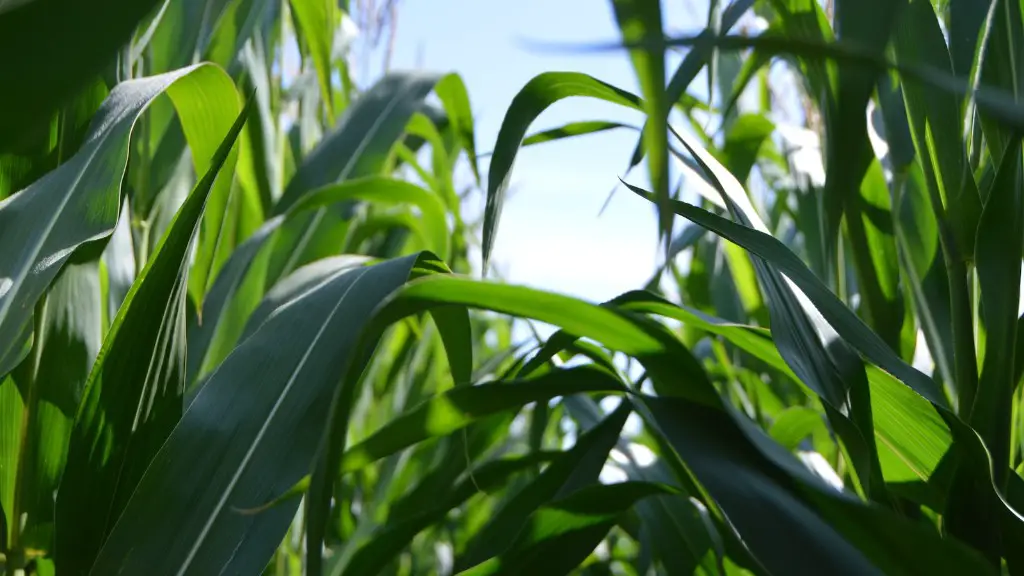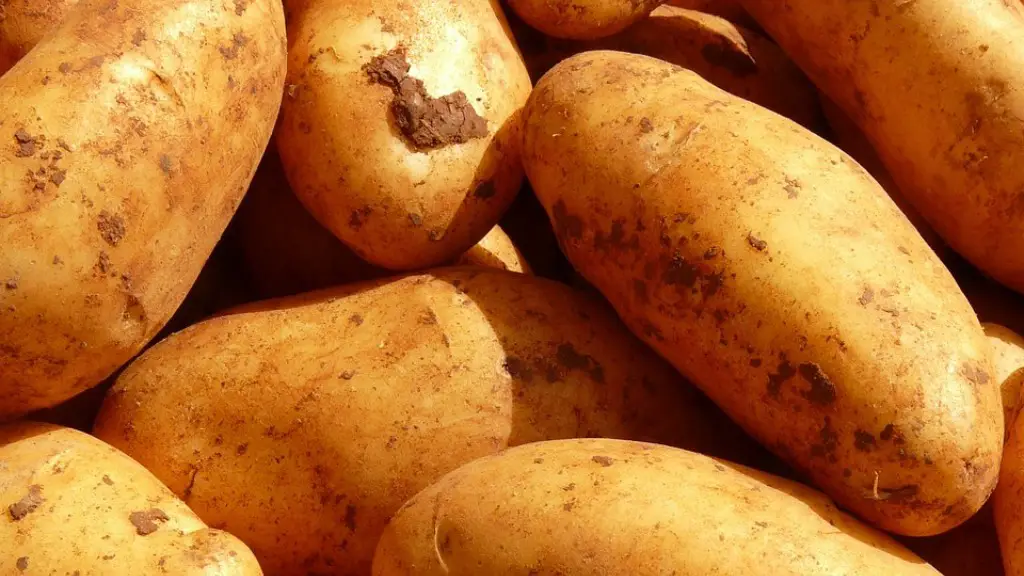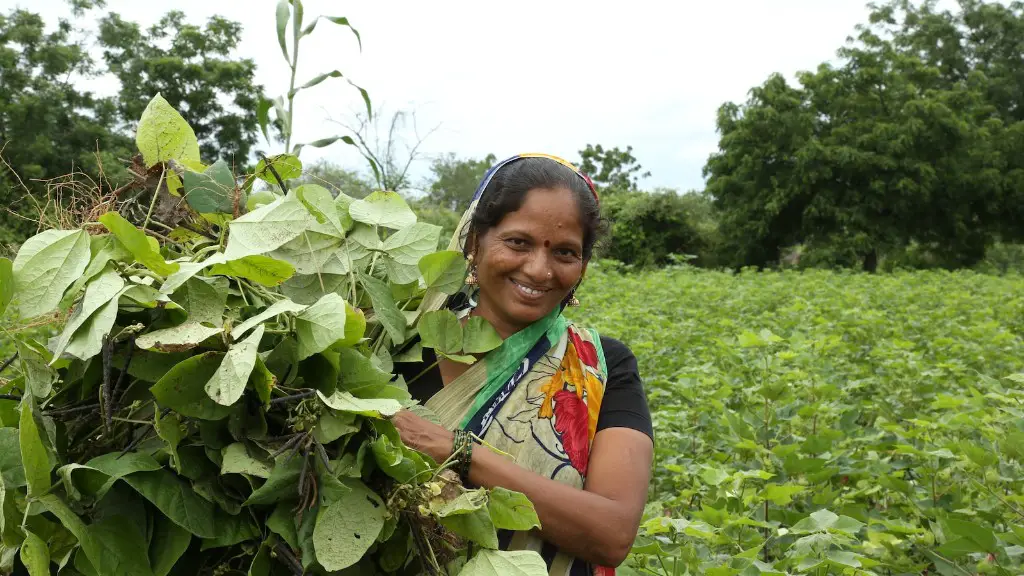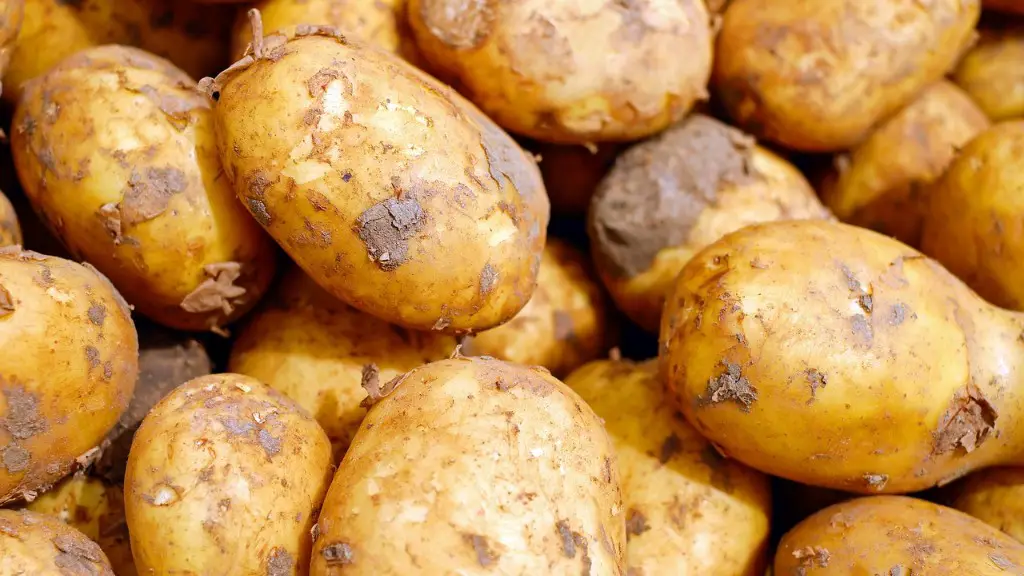Agriculture has been a mainstay of human civilizations since the dawn of time. While the science behind agricultural production has evolved significantly over the millennia, the basic process remains relatively unchanged. Agriculture involves planting, growing, and harvesting crops on a regular basis to achieve a plentiful and consistent food supply. To successfully facilitate this natural process, farmers must take certain steps that help ensure optimal crop yields. Here, we discuss the fundamentals of agriculture, so you can gain a better understanding of how it’s done.
Soil Preparation
Before planting crops, farmers need to make sure the soil is ready. This includes tilling and preparing the top layer of the soil with a variety of tools, such as tilling machines or hoes. This process helps to create a looser soil which promotes the growth of a greater variety of crops. In addition, farmers may also add additional organic matter to the soil, such as manure and compost, in order to improve its fertility and structure.
Weed Control
Weeds can be a farmer’s worst enemy. As they compete with crop plants for space, nutrients, and sunlight, they can significantly diminish the number of crops a farmer can grow in a given season. To prevent this from happening, farmers must regularly and systematically remove any weeds from their fields. This can be done manually by pulling the weeds from the soil or using certain weed-specific chemical formulas. Additionally, farmers may also consider using certain types of crop covers to separate weed and crop plants.
Irrigation
Water is a key component to any successful agricultural operation. If a farmer fails to deliver enough water to their crops, the crop yield could significantly decrease as a result. To prevent such a situation, farmers must invest in an irrigation system to deliver water to the fields. Depending on their needs and available resources, farmers may opt for a sprinkler system or an underground drip system, both of which are effective.
Fertilization
Fertilization can be a crucial step in the agricultural process. Without it, a crop’s ability to absorb essential nutrients from the soil can be limited. To ensure a healthy crop yield, farmers must fertilize the soil regularly with organic or inorganic fertilizers. Organic fertilizers include such items as compost and manure, while inorganic fertilizers consist of synthetic nitrogen, phosphorous, and potassium compounds.
Pest Management
Unlike weeds, pests can be even more of a nuisance for farmers. In order to prevent their crops from being overrun by pests, which can cause significant damage, farmers must deploy certain pest control strategies. This can include physically removing pests, such as manually trapping them or physically destroyed their nests. Alternatively, farmers can also use certain insecticides or repellents to prevent pests from ever entering the fields.
Harvesting
Once harvest time has come, farmers must be ready to gather the crops before they spoil. This can be done manually, with the use of large harvesting machines, or with the aid of animals, such as horses. Depending on the crop, the harvesting process can be very labor-intensive, requiring a lot of time and effort. After harvesting, farmers must quickly prepare the crop for sale in order to make sure it reaches the consumer in a timely manner.
Seeding
Seeding the field is often the first step a farmer will take in order to begin the agricultural process. It’s important to select the right type of seed for your particular type of crop and climate. This involves doing research on the different varieties that are suitable for your specific climate, soil type, and crop. Once the seed is chosen, it must be planted in the appropriate areas of the field in order to ensure a bountiful and healthy crop.
Planting and Care
After the field is seeded, the next step is to plant the crop. In order to do this, farmers must properly cover the seed according to the crop’s specific needs. They must also take care to keep the soil moist and monitor the crop for signs of disease. Additionally, farmers must periodically prune and protect the crop from pests and other outside threats.
Field Protection
Protecting the field from outdoors elements is just as important as protecting the crop itself. In order to do this, farmers must consider using certain measures, such as enclosing the field with a fence or using scare tactics, such as landscape lighting or sound machines. Additionally, farmers must be wary of certain natural forces, such as strong winds and extreme temperatures, that could potentially destroy the crop.
Storage and Handling
Once the crop is harvested, it must be stored in a way that keeps it safe until it reaches its end user. To accomplish this, farmers must invest in the right type of storage space, such as coolers, freezers, or silos. Properly storing and handling the crop will help ensure it reaches the consumer in the best possible condition.
Marketing and Distribution
Once the crop has been harvested, stored, and packaged, it must be distributed to consumers. To successfully do this, farmers must have a strong marketing and logistical strategy in place. This involves properly understanding their target market, using the right media channels to distribute the product, and determining the best prices for their goods.
Crop Diversification
Crop diversification is the practice of growing multiple types of crops in a field, in order to reduce risk and take advantage of different markets. By diversifying their crop selection, farmers can reduce the potential negative effects of certain crop failures and increase the overall yield of their fields. Additionally, they can use different cultivation techniques, such as intercropping, cover cropping, and companion planting, in order to replace lost nutrients and protect their crops against pests.
Agricultural Research
Agricultural research is essential in order to ensure the development of new techniques and technologies that can improve crop yields and reduce the amount of resources needed to produce crops. A variety of organizations, such as universities and research institutes, exist to promote the growth of the agricultural industry. Research data can be used to develop new technologies, sustainable farming practices, and better crop varieties.
Agricultural Economics
Agricultural economics involves the study of the production, consumption, and distribution of food and other agricultural products. This includes understanding the supply and demand dynamics of the agricultural market, estimating costs and returns of production, and analyzing the effects of government policies on the agricultural industry. This can help farmers gauge how to properly market their goods, where to find the best prices for their products, and how to effectively manage their finances.
Public Policies
Agriculture is heavily affected by public policies, both nationally and internationally. Various programs and regulations are in place to help protect farmers and consumers, while also ensuring a steady and plentiful supply of food. Governments also set certain regulatory standards in order to ensure safe food production, such as temperature and fertilization guidelines. Understanding public policies can help farmers comply with regulations and better manage their operations.




